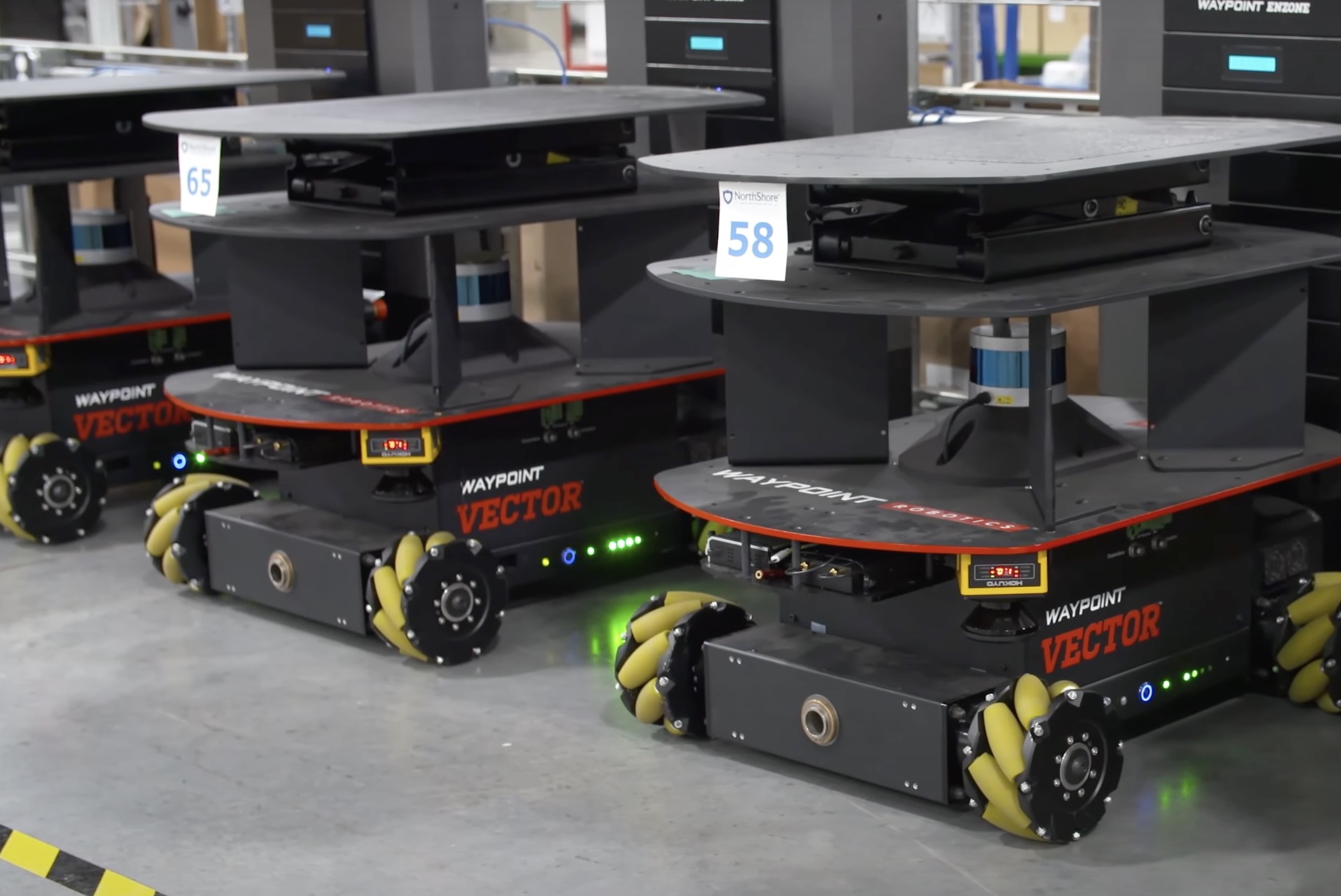As we look ahead to 2025, Germany’s warehouse and logistics market is poised for continued evolution, marked by a mix of resilience, innovation, and significant headwinds. Drawing on the latest data from 2024 and projections for 2025, this comprehensive article explores the core dynamics shaping the industry, referencing key reports from BNP Paribas Real Estate, IBISWorld, JLL, CBRE, Yahoo Finance, and Savills. While the long-term outlook remains positive, stakeholders must navigate complex economic conditions, changing demand patterns, and evolving policy and technology landscapes.
Market Overview: Where We Stand
Germany remains Europe’s logistics powerhouse. However, as of the end of 2024, the logistics market has shown a noticeable contraction. According to BNP Paribas Real Estate, total warehouse take-up in 2024 reached 5.34 million square meters, down 15.7% year-on-year and 24% below the 10-year average. The decline reflects broader economic uncertainties, inflationary pressures, and cautious investment behavior. Notably, large-scale contracts above 20,000 sqm were rarer than in previous years, indicating a shift toward smaller-scale, more flexible operations.
Top logistics markets (Berlin, Düsseldorf, Frankfurt, Hamburg, Cologne, Leipzig, and Munich) collectively registered 1.95 million sqm of take-up, 6.1% below 2023 levels. Frankfurt led among the core cities with 408,000 sqm, while Berlin saw a steep 21.4% drop. Cologne and Düsseldorf were exceptions, with 60.6% and 8.2% year-on-year growth respectively.
Rental Growth and Cost Pressures
Rental prices are rising steadily across most German cities. According to BNP, Munich retains the highest prime rent at €10.50/sqm/month. Düsseldorf saw the steepest increase, up 8% to €8.50. These figures contrast with CBRE and JLL estimates, which suggest even higher rental peaks in Berlin and Hamburg (€8.70-€9.00). Meanwhile, IBISWorld notes that storage rental prices grew in tandem with inflation and operational costs, putting pressure on profit margins for 3PL providers and warehousing firms.
This sustained rent growth stems from limited supply in high-demand areas, particularly urban centers, and rising land and construction costs. Many tenants are thus increasingly weighing cost-benefit trade-offs between core markets and secondary regions.
Demand Shifts: From Big Boxes to Agile Nodes
The demand profile is shifting. Whereas previous years were dominated by mega-warehouses, 2024 saw a marked uptick in demand for units below 3,000 sqm. According to BNP, manufacturing companies led demand with 36% of take-up, followed by logistics firms (29.6%) and retail/wholesale (25.8%). Notable projects include BMW’s 150,000 sqm battery plant in Straßkirchen and Mercedes-Benz’s 100,000 sqm logistics center in Bischweier.
This change reflects growing interest in urban logistics, last-mile fulfillment, and agility in response to unpredictable demand and supply chain volatility. Retail and e-commerce firms, still recovering from the post-COVID boom, are focusing on proximity to consumers over sheer volume.
Green Logistics: A Critical Value Driver
Sustainability has moved from niche concern to central business strategy. With the EU Green Deal driving policy and customer awareness growing, developers and operators are increasingly prioritizing energy-efficient, green-certified logistics facilities.
According to the Savills report, green-certified warehouses now command premium rents in many European markets, including Germany. Investors and tenants alike are prioritizing buildings that integrate renewable energy, rainwater harvesting, solar panels, and low-carbon materials. BNP Paribas emphasizes that future demand will concentrate around such properties, especially as ESG regulations tighten.
However, retrofitting older buildings remains costly and technically complex, making new builds with built-in green features more attractive despite higher upfront costs.
Technology Adoption and Smart Warehousing
Digitization continues to redefine warehousing. The use of automated guided vehicles (AGVs), IoT sensors, and AI-based warehouse management systems (WMS) is becoming widespread. CBRE notes that Industry 4.0 integration is particularly strong in Germany, driven by its advanced manufacturing base.
Smart warehouses are enabling predictive maintenance, real-time inventory tracking, and faster throughput. These innovations are helping operators offset rising labor costs and labor shortages, especially in rural areas.
Investment in robotics and AI is set to increase through 2025. As per the Yahoo Finance article, companies are allocating larger IT budgets to logistics tech and cybersecurity to support growing digital ecosystems.
Supply Constraints and Construction Challenges
Construction of new logistics facilities has not kept pace with demand. According to BNP, only 192,000 sqm of new logistics space was completed across major cities in the first half of 2024. The figure is well below the 5-year average. Factors such as rising construction costs, tighter zoning regulations, and delays in permitting are compounding the problem.
Interestingly, Savills points out that vacancy rates remain low across prime regions, causing a supply bottleneck. This situation is exacerbated by the growing requirement for specialized space (e.g., cold storage, hazardous materials), which is scarcer and more expensive to develop.
Developers are now exploring alternatives such as brownfield redevelopment, vertical warehousing in urban areas, and multi-use logistics hubs. However, these approaches are still at early adoption stages in Germany.
Regional Market Highlights
Berlin: With a 21.4% decline in take-up, Berlin’s market cooled significantly in 2024. However, new supply expected in 2025 may ease pressure on rents, currently averaging €8.20/sqm (prime).
Frankfurt: Germany’s strongest-performing logistics hub in 2024. Demand, especially from distribution and pharmaceutical sectors, is projected to remain high. Rents are stable at €7.95/sqm.
Munich: The most expensive warehouse market with €10.50/sqm rents. Despite an 11.3% drop in take-up, investment activity remains strong due to the city’s strategic location and affluent consumer base.
Cologne and Düsseldorf: Surprising market leaders in 2024, with Cologne growing 60.6% YoY and Düsseldorf by 8.2%. Both markets benefit from infrastructure investments and proximity to Benelux.
Leipzig and Ruhr Area: These more affordable secondary markets saw larger declines in take-up but remain attractive for firms seeking cost-effective space. Leipzig, for instance, dropped 31.6% but is gaining attention as an emerging e-commerce hub.
Investment Outlook and Emerging Opportunities
The macroeconomic environment will remain a key determinant of investment sentiment. GDP forecasts for Germany remain subdued, hovering below 1% for 2025, according to Savills and BNP. Nonetheless, lower inflation, declining interest rates, and growing consumer spending may boost logistics activity.
Investment opportunities lie in:
- Secondary cities (Leipzig, Bremen, Hannover)
- Green-certified properties
- Cold chain logistics
- Urban infill developments
- Technology-enabled hubs
CBRE suggests that investors who prioritize sustainability and innovation will outperform. Meanwhile, IBISWorld anticipates market consolidation, with large players acquiring niche logistics firms and 3PLs.
Challenges Ahead: Policy, People, and Planet
While prospects are optimistic, several challenges persist:
- Labor shortages: The warehousing sector struggles to attract and retain talent, especially for physically demanding roles. Automation offers relief but not a full substitute.
- Geopolitical risks: Trade disruptions, energy supply insecurity, and the Ukraine conflict remain threats to market stability.
- Permitting and zoning hurdles: Lengthy approval processes hamper development in urban zones where space is most needed.
- Environmental compliance: Adhering to ESG and carbon regulations adds complexity, particularly for older assets.
Waredock in Germany
Waredock offers fulfillment and warehousing in Germany in different regions .Our vision at Waredock is a geographically dispersed fulfillment and warehouse infrastructure that is enabled by data insights across the supply chain. We are working with German 3PL companies, property owners, businesses small and large in a range of industries. We help businesses get greater coverage in more markets. Our network includes every warehouse type, with the certifications and designations to store any specialized product. And, we’ll provide picking, kitting, shipment consolidation, and more. Get started today!












